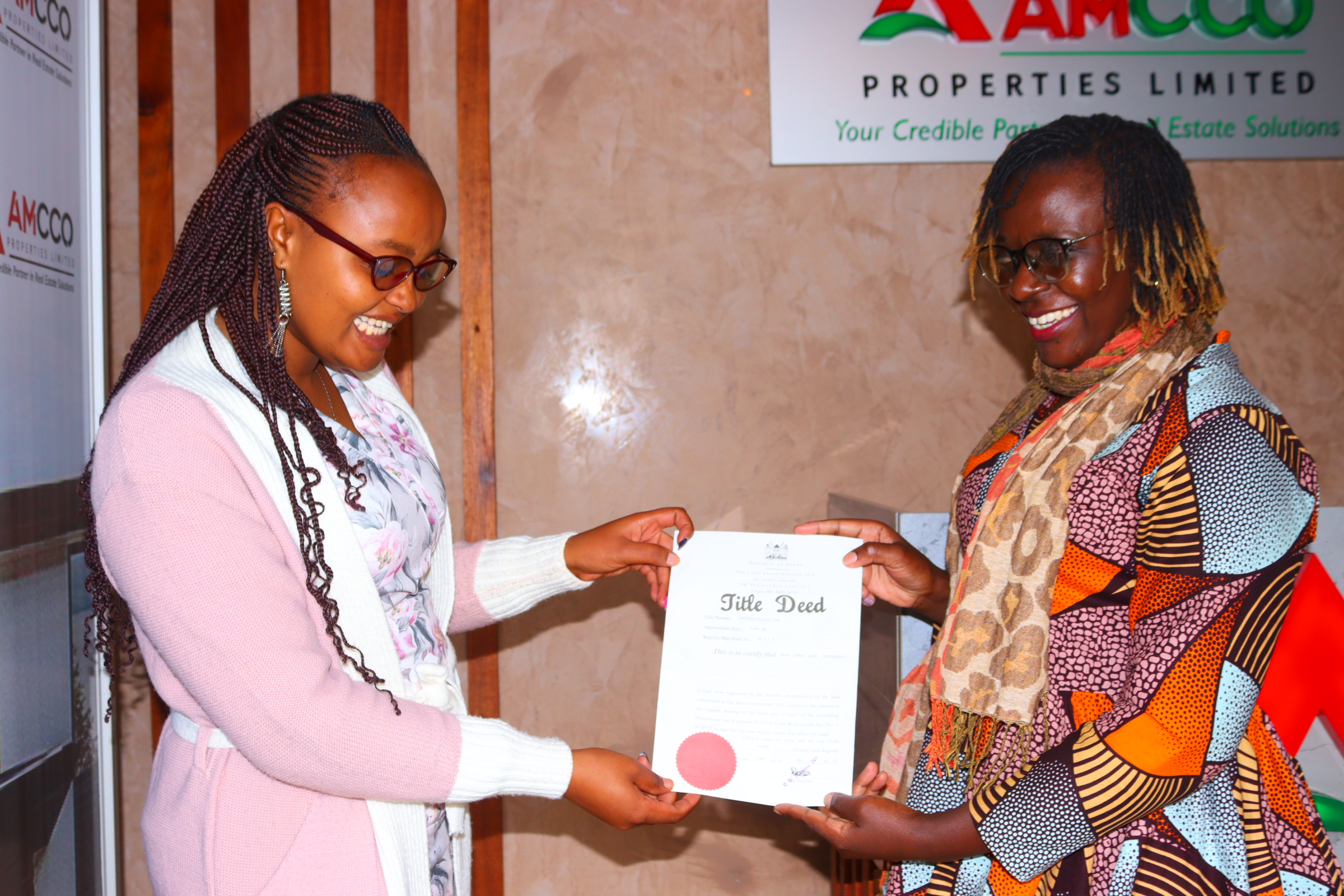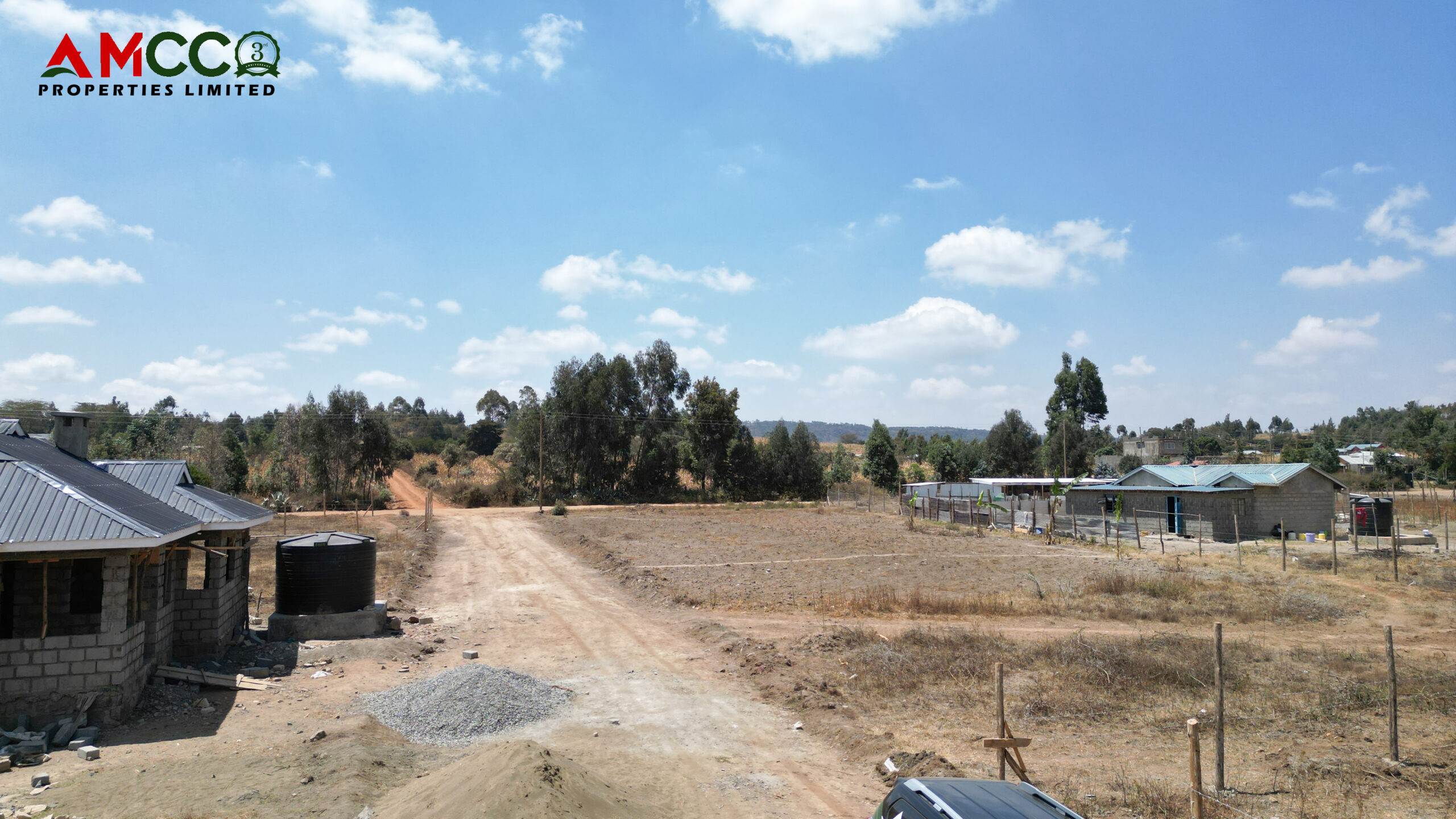5 Important Details To Note that are on the Land Title Deed
A title deed can be briefly described as a document that shows who owns a property and its history, if there’s any.1. The Legal Description of the PropertyHere it entails the size of the property, the boundaries, and the exact position in which the land is located.
It is generally the basic information on how the land is.
2. Personal details
The title deed contains the name of the owner(s) and their identity numbers, who legally own the property.
3. The property burdens
These are the land arrears that the land might have, such as mortgages, leases, contracts, or any other conditions that might be affecting the property; they are all highlighted here.
Property burdens also cover a wide range, like:

Repairs and maintenance of the property
Access and rights of way for the property
Any restrictions on using the property to run a business
Information on restrictions on altering the property
4. Historical Information About the Property
This includes the dates when the property was transferred, all the other previous registered owners, and what they paid for the property, as well as when the property was subdivided.
It also entails the last recorded purchase price and the date of transfer.
5. An Official Deeds Registry Office Seal
This indicates that the title deed has been recorded in the name of the owner, and the date is proof enough.
In conclusion, the title deed registration process takes place at the Deeds Office.
The Deeds Registration Branch is an entity of the Department of Agriculture, Land Reform, and Rural Development.
The process takes a duration of 2–3 weeks; this basically depends on the process; it may take fewer days or even more.




